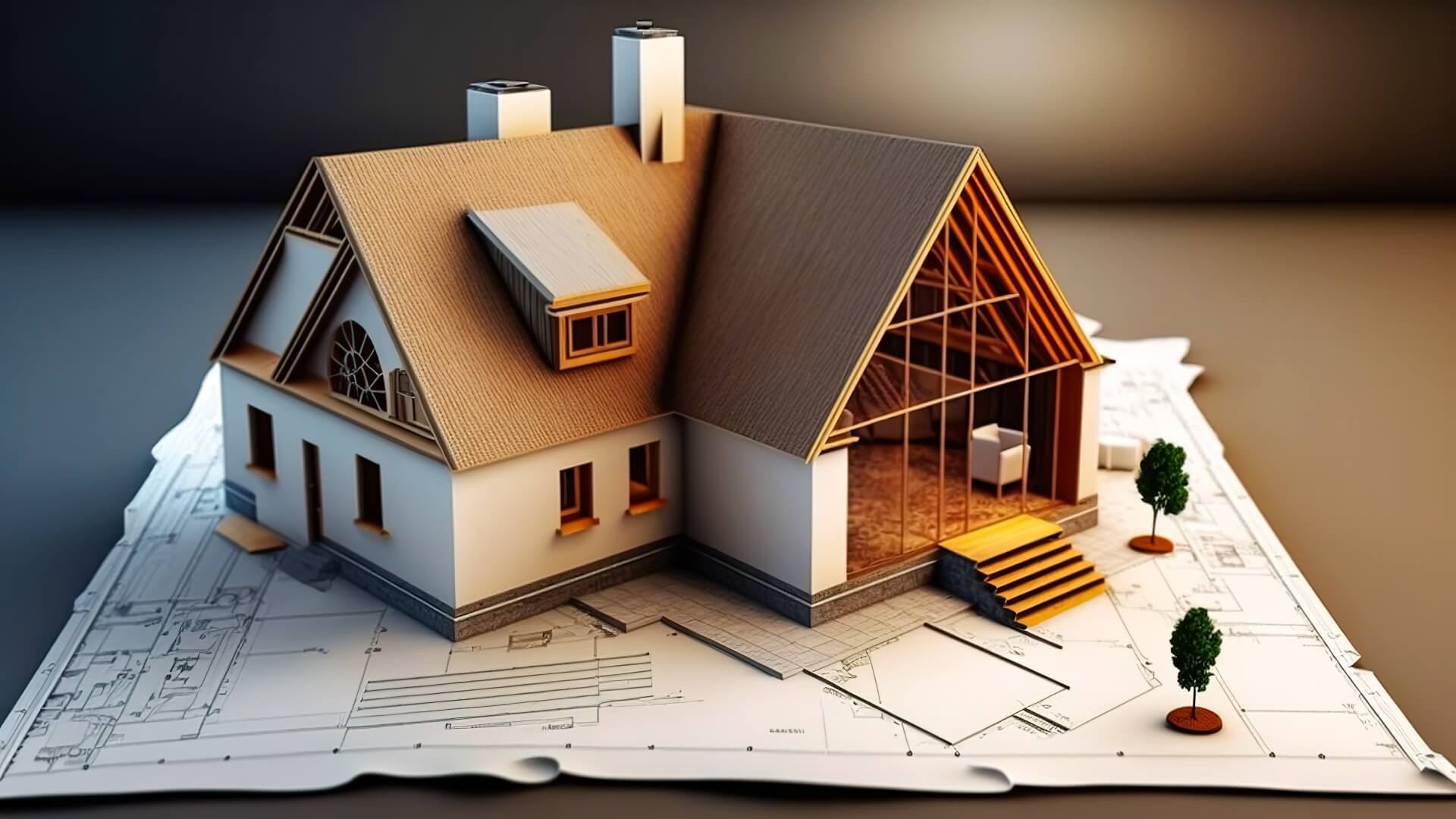Thinking about building your dream home? A home that reflects you in every brick and beam? It can seem like a tough hill to climb. But don’t worry! This post is here to guide you through the six key factors to consider when building your dream home.
Read on to find out more!
1. Your Budget
Setting your budget is the first step to building your dream home. According to a survey by ABS, the average construction cost of a home is around $473,000. Remember, though, this doesn’t cover the cost of the land, which can fluctuate drastically depending on the location.
Additionally, it’s worth noting that custom homes are generally pricier than buying an existing one. That’s because with a custom home, every single detail, from floor plans to faucets, is tailored to your liking, driving up costs. That is why it is recommended that you learn more about the costs of building vs buying a home before making a decision.
If you’re considering the construction route, there are other costs to consider, like taxes, interior décor, landscaping, and a contingency reserve for any unforeseen expenses. So, think of your budget as more than just the construction cost — it’s a comprehensive plan that should account for all possible expenses.
2. The Location
Location matters! It doesn’t only determine your quality of life but also significantly impacts your budget. For instance, if you’re in Australia, Sydney is reported to be the most expensive state to build a home, with the average price per square meter reaching US$2,950. Perth, with an average of US$2,633 per square meter, is a close second.
In contrast, according to the 2020 UDIA ‘State of the Land’ report, the most affordable Australian city to build a home is Adelaide, with a median price of $400 per sqm.
So, if you opt for city life, say in Melbourne or Sydney, expect higher land and construction costs due to the demand and amenities available.
On the other hand, suburban or regional areas, such as Ballarat or the Hunter Region, might offer larger plots of land at more affordable prices.
When deciding on the location, it’s essential to look at the big picture. Your lifestyle, commute, access to facilities, and the community are just as crucial as the cost of building your home.
3. The Construction Planning
Next up on your custom home-building journey is the planning stage, and it’s an area where every decision you make can significantly affect your budget.
Start by creating a construction file. This will be your go-to source for ideas and choices, providing a reference for builders and architects to ensure your home comes out exactly as you envision.
You also want to jot down your likes and dislikes at this point. Perhaps you’re dreaming of a spacious kitchen or a cosy fireplace in your living room. Whatever it is, note it down.
Also include photographs of homes that inspire you. They can offer a visual reference for the style and features you want in your home.
Finally, pay attention to the finer details. Take note of specific light fixtures, wall tiles, types of windows, and other finishes (like these three innovative kitchen finishes) that you find appealing.
4. Legal and Regulatory Compliance
This can seem daunting, but understanding the basics can save you from unnecessary headaches and fines.
Firstly, zoning regulations determine where you can build, the size and placement of the structure, and the types of activities permissible on your property. These rules vary significantly from one municipality to another.
Second, you’ll need a building permit to start the construction of your new home. This permit verifies that your planned construction meets local building codes and safety regulations. To obtain this, you’ll usually have to submit your building plans and pay a fee to the local government.
5. Smart Home Solutions
Building a new home lets you add smart tech for comfort, security, and fun.
Thermostats like Google’s Nest learn your routine by adjusting your home’s temperature for you. Wi-Fi cameras and smart locks boost your home’s security, and you can control them from your phone.
You can also fill your home with music using a system like Sonos. And with smart lighting like Philips Hue, you can change the colour and brightness of your lights whenever you want.
These are just a few examples — there are plenty of more smart home solutions out there, so make sure to look into them.
6. A Good Builder
Last but not the least, it is crucial to choose a good builder when building your dream home. You will require an experienced, reputable builder who can provide accurate cost estimates, help you avoid costly mistakes, and guide you in making cost-effective choices.
Good builders also usually have a network of reliable, cost-effective suppliers and subcontractors. And they stick to the construction timeline, avoiding delays that can inflate costs. So don’t just go for the cheapest quote — instead, look at past projects, check reviews, and ask for references.
Final Words
Building a new home is a dream of many of us. But, turning this dream into a reality is no walk in the park. By considering the six important factors we’ve discussed above, we hope you can soon turn your dreams into a solid piece of property!

































